
To me there are few flies that embody the whole essence of “a fly” as old, classic wet flies. There are plenty, hundreds, to choose from and I’ve featured some of them in previous posts. A few decades ago, most new fly tiers began with a Red Tag and once the basic techniques were in place, next on the agenda was learning to tie feather wings. Usually the subject was a March Brown wet. It’s simple (until you get to wings), catches well and challenges the fly tier. Hen pheasant wing slips aren’t hard for the experienced fly tier, but they’re not the easiest either.

Not many tie and fish traditional feather winged wets anymore, most preferring other fly types or hair winged variants. One fly that’s in between is the ancient Alexandra, a classic and very beautiful wet fly from before 1850. I’ve researched the history of the fly and a more thorough description will be the subject of a later blog entry. It’s feather winged, but not with slips, instead with a bunch of fibres from the iridescent peacock sword feathers. Natural flash I suppose one could call it.
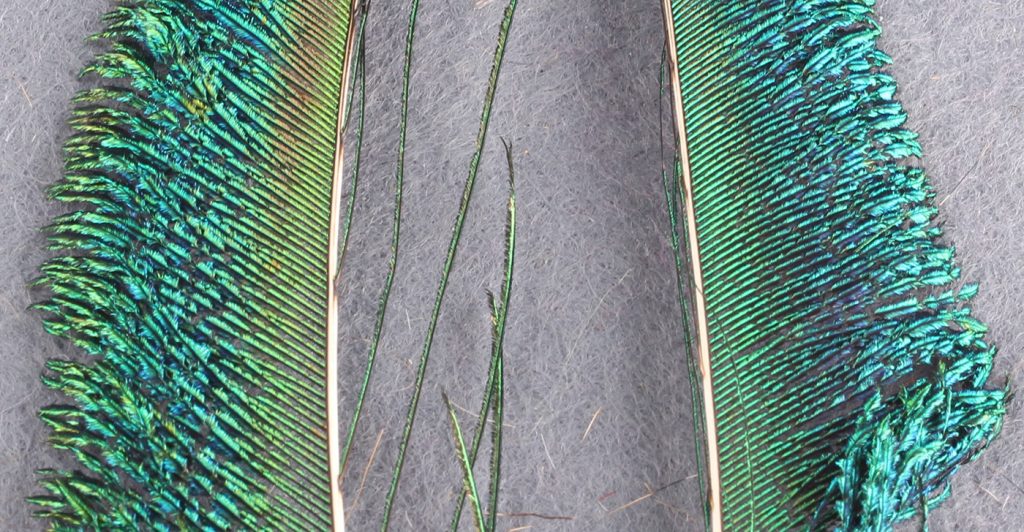
Håkan shows here how he ties it. It may be old, but it’s every bit as effective as it’s been for hundreds of years.
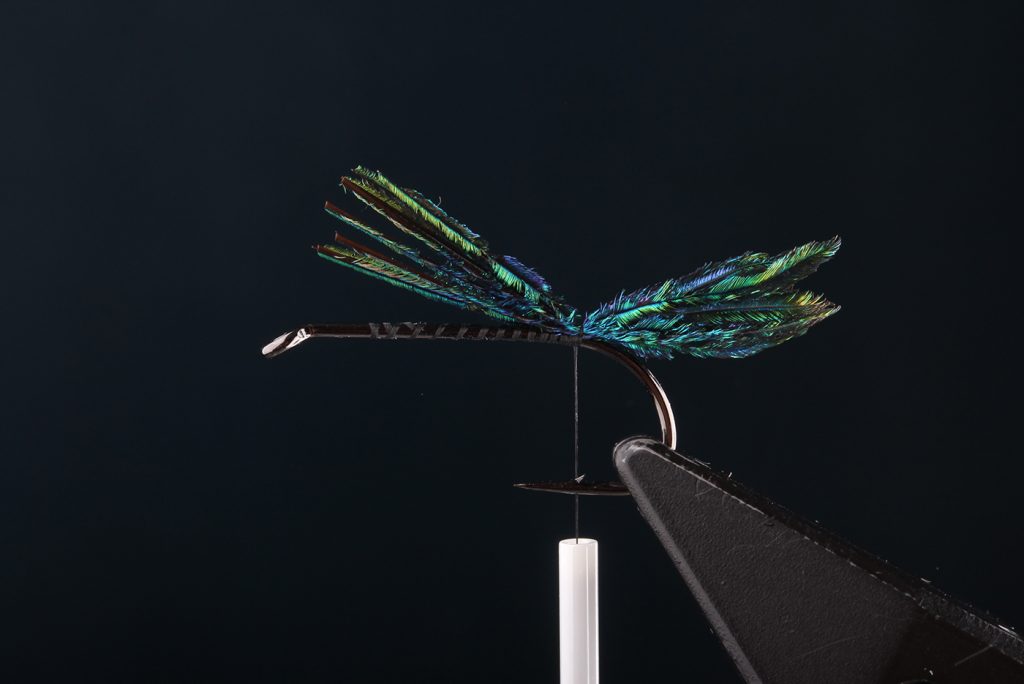
Set the hook in the vice, attach the thread and tie in a small bunch of peacock sword fibres over the above the barb.
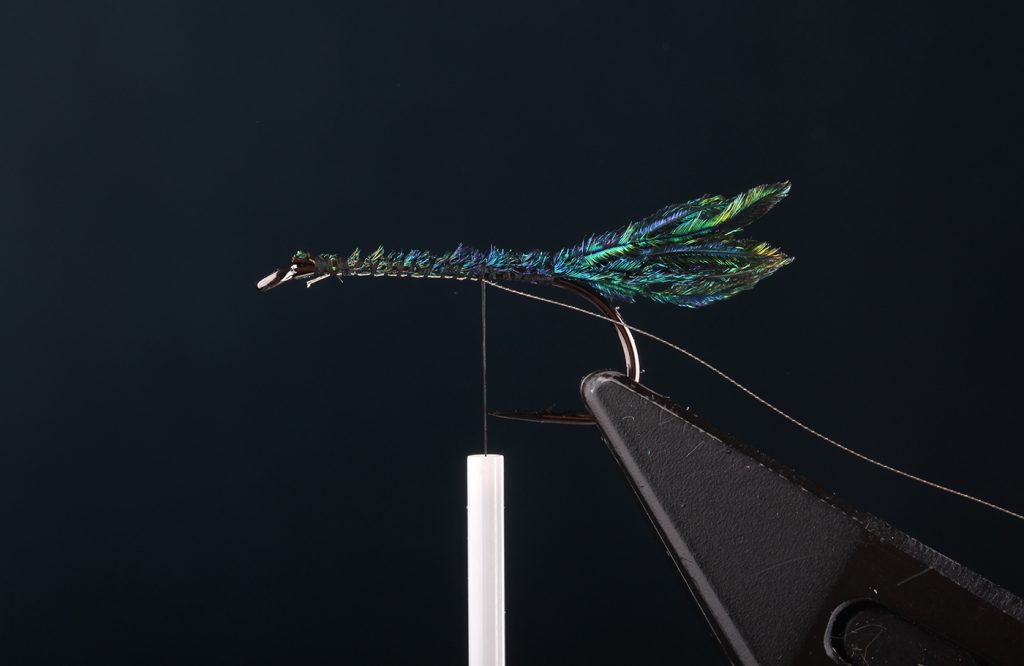
Tie down the peacock all the way up to the hook eye to create a smooth underbody for the tinsel. Tie in oval silver tinsel on the way down again, also the full length of the body.
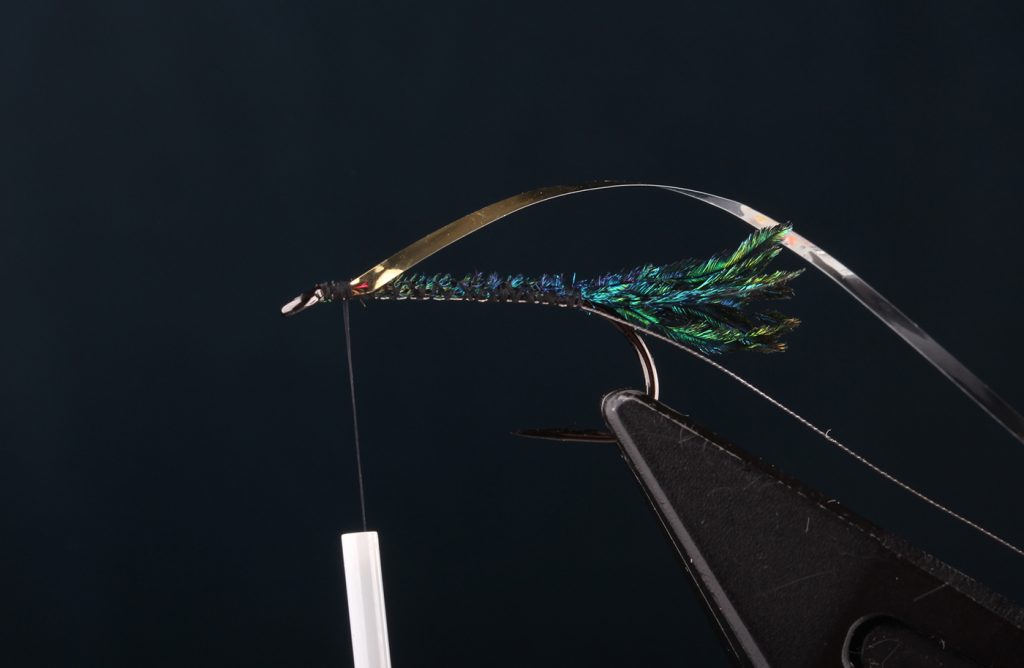
Back at the hook eye, tie in tinsel and form a smooth, silver tinsel body with a double layer of tinsel.
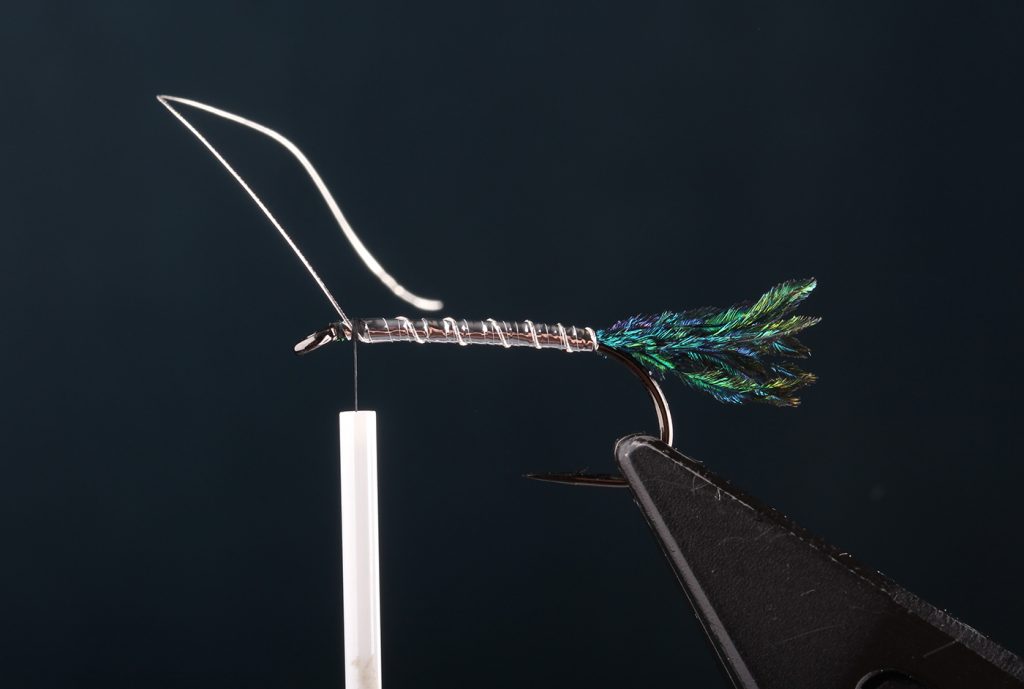
Tie off the flat tinsel and rib the body with the oval tinsel.
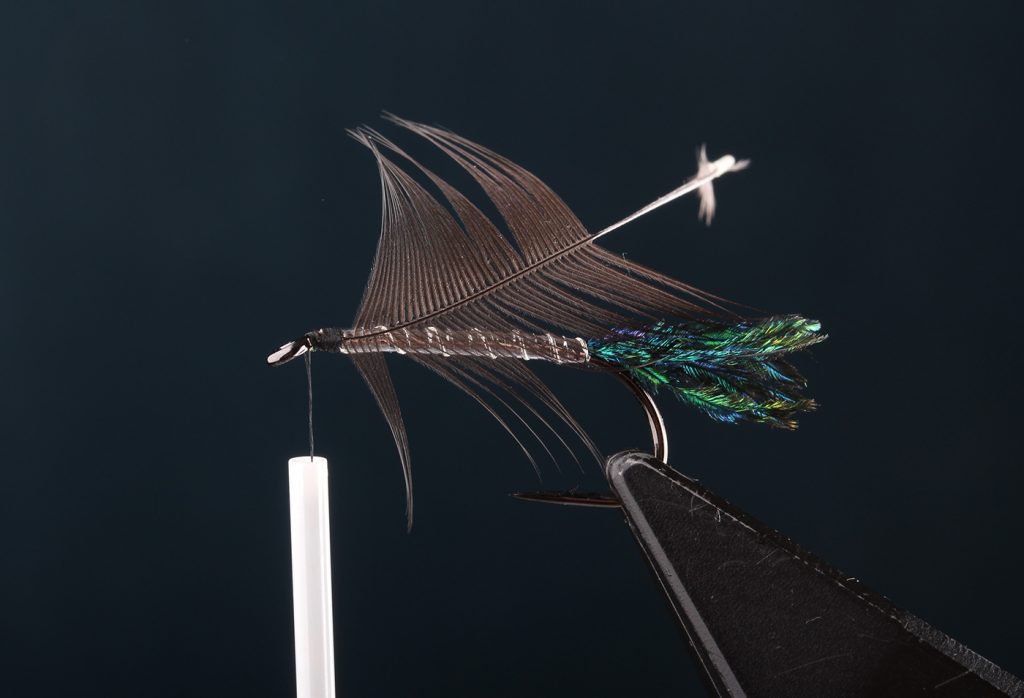
Tie in a black hen hackle by the tip, leaving a little space for the wing and head.
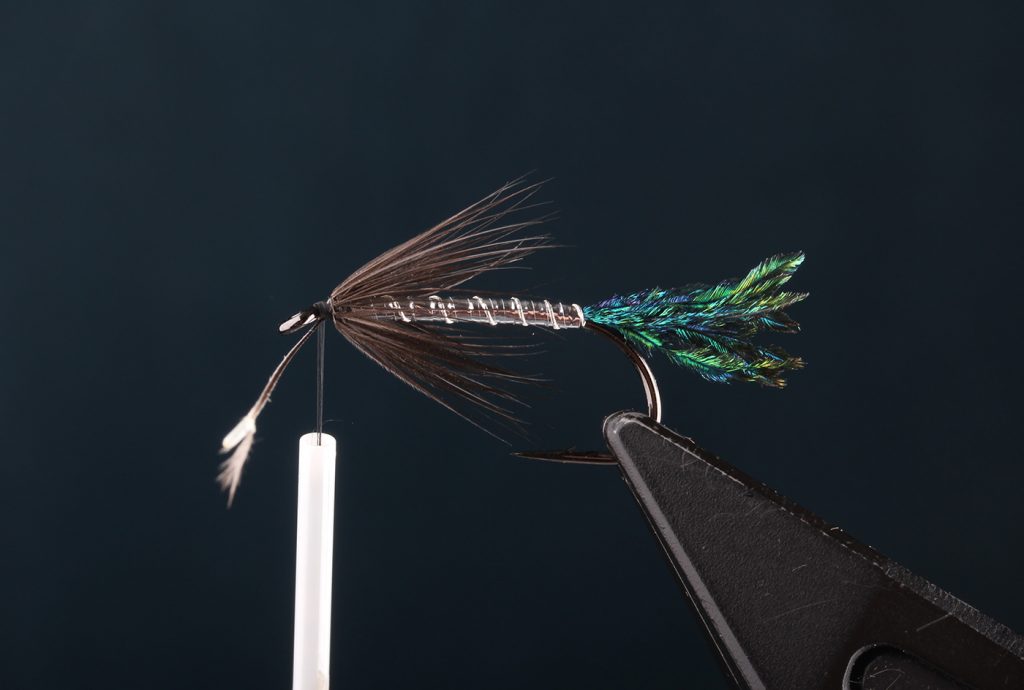
Wrap the hackle and tie off.
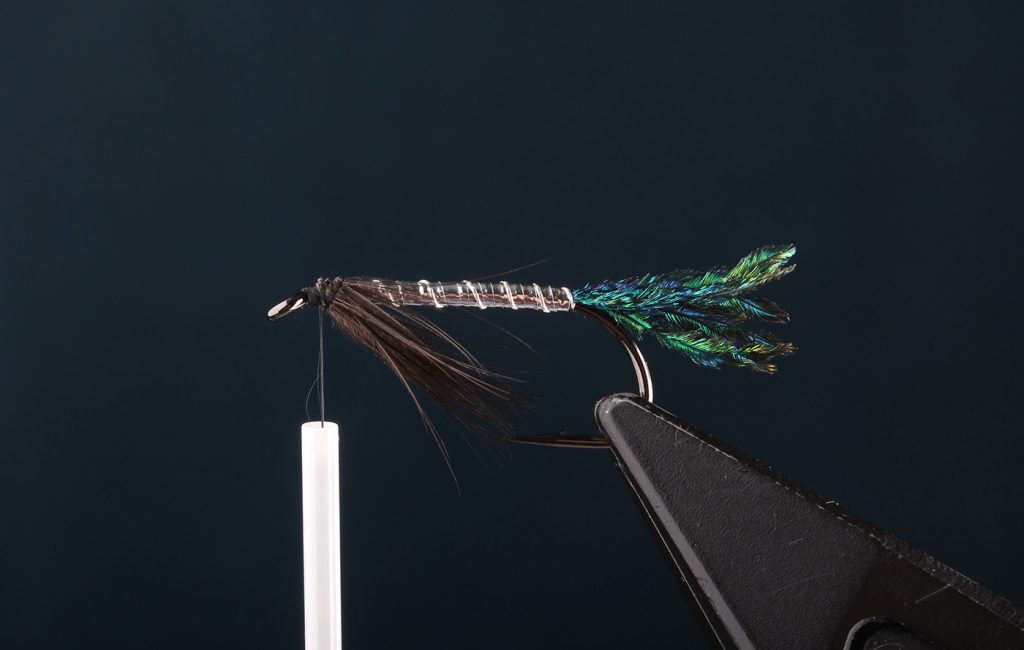
Stroke down the fibres and set them in this position by taking a couple of turns of tying thread back over the hackle.
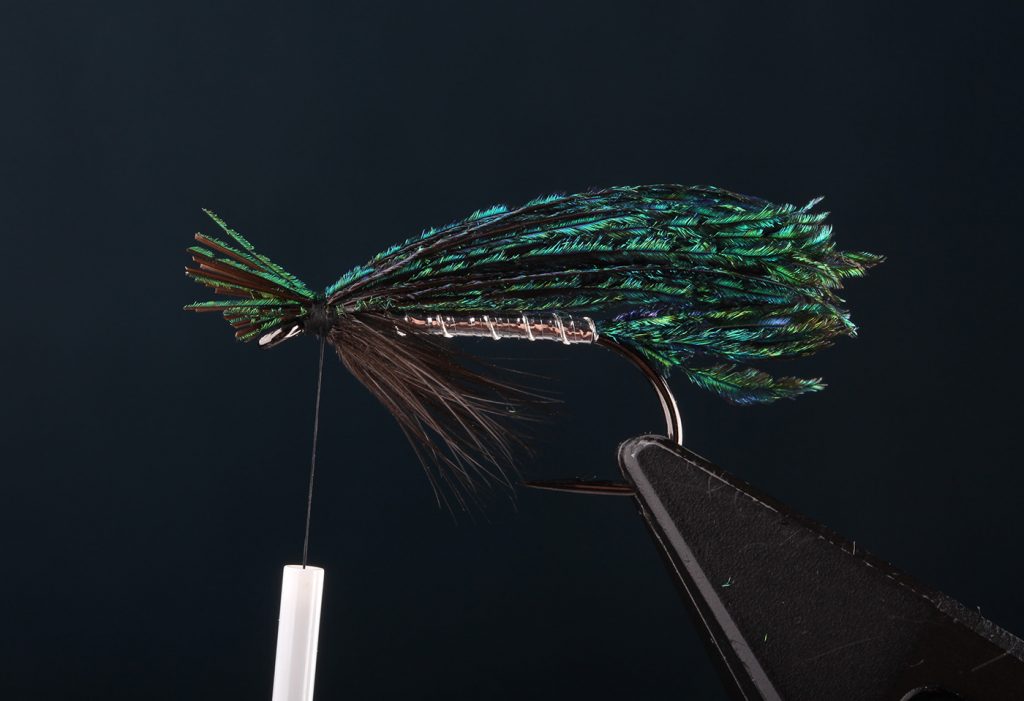
Tie in a suitable bunch of fibres from a peacock sword feathers. Optimally you need an equal amount from a pair.
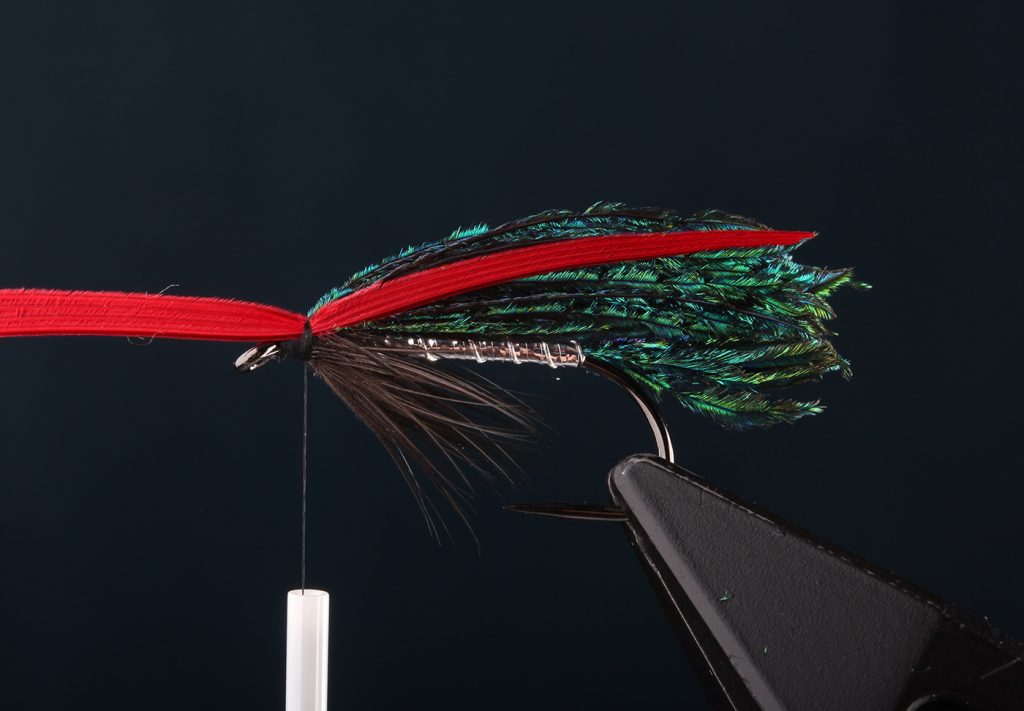
Cut off the ends of the peacock sword fibres and tie in a thin, red slip on each side of the wing. Goose and turkey are good choices, goose best for smaller flies.
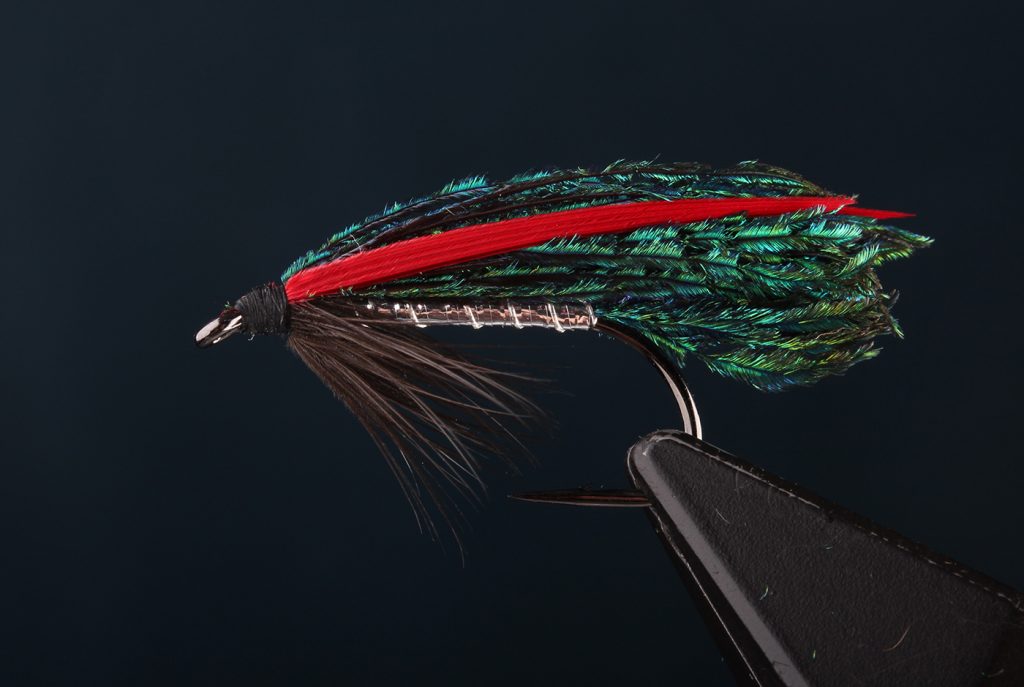
The finished fly in all it’s glory.
Another classic among the classic is the Royal Coachman, which I featured on the blog in January last year:
The Royal Coachman is the fancy version of the simpler, yet equally beautiful Coachman.
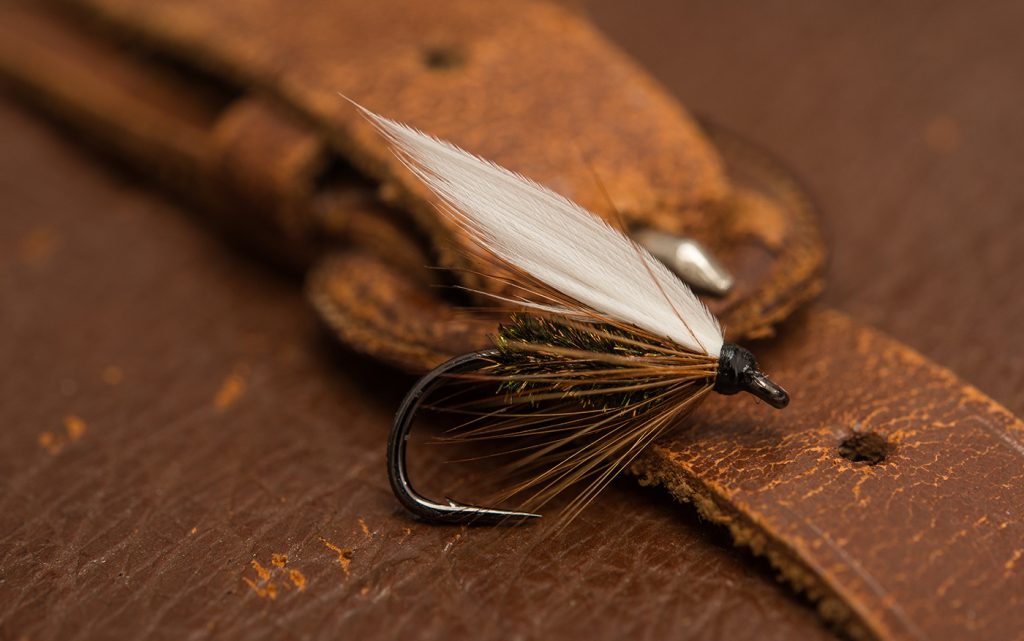
Coachman – the white wings are quite visible in murky water.
Håkan hosts a live stream on our Facebook page every wedensday and if you’re thinking: “Man, I’d love to see Håkan tie and Coachman and an Alexandra live.”, well, we got you covered. This past wedensday Håkan tied exactly these two flies and of course the recorded stream is still available here:
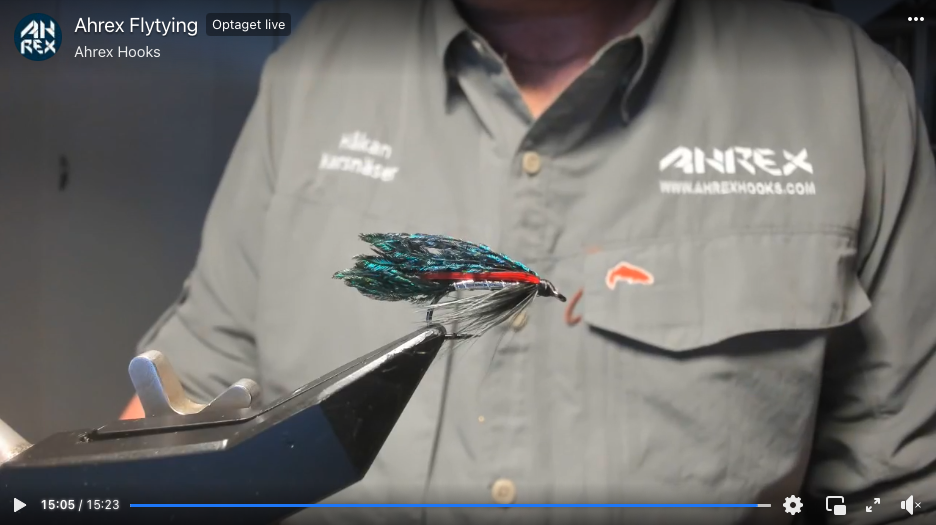
If you keen on them, remember Håkan is live every wedensday!
